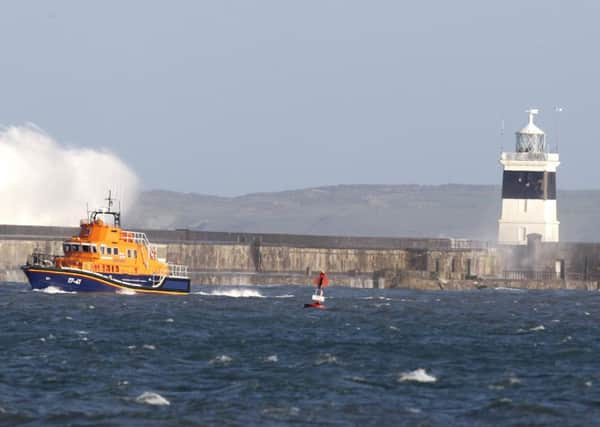Six crew lost after flawed survey in city port


A new report by the Marine Accident Investigations Branch (MAIB) reveals the survey of the MV Swanland in June 2011 did not identify any deficiencies.
Five months later the Cook island-registered ship foundered whilst transporting nearly 3k tonnes of limestone from Llandullas to Cowes. Six of the eight crew died when the hold took on water in heavy seas on November 27, 2011. The disaster was put down to structural failures. But according to the MAIB, annual surveys in 2010 and 2011 - the latter conducted in Londonderry - lacked rigour. The ship had undergone major repairs in Kaliningrad in 2009 and her busy trading pattern hadn’t changed.
Advertisement
Hide AdAdvertisement
Hide Ad“In such circumstances, it is difficult to envisage that the structures within the cargo hold had not been adversely affected by corrosion, wastage or mechanical damage to a noteworthy degree,” the report finds.
The MAIB says the condition in September 2011 only three months after the last annual survey “strongly indicated” abrasion had occurred.
“Therefore, as noted by Braemar (a shipbroker that analysed the accident) the International Naval Surveys Bureau (INSB) surveys had not been as focused as Lloyd’s Register (LR) on key areas of the vessel’s structure. LR had issued a Memoranda of Class (MoC) for Swanland that had required additional inspections and thickness measurements of the vessel’s Water Ballast tanks and various transverse frames in the midships area of the cargo hold. Similar requirements for the cargo hold had evidently not been considered to be necessary by INSB during the annual survey conducted in 2011.”